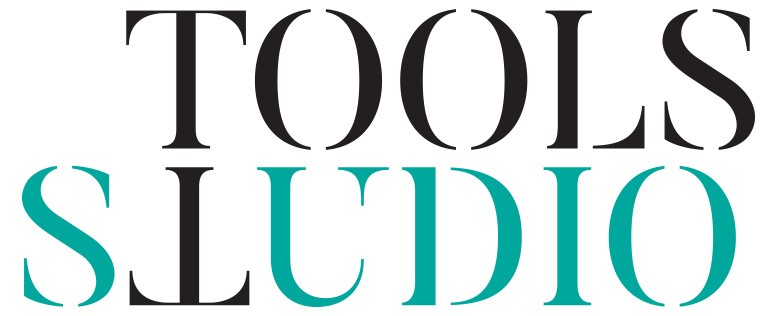If a firm generates a high gross margin, it also generates a high DOL ratio and can make more money from incremental revenues. This happens because firms with high degree of operating leverage (DOL) do not increase costs proportionally to their sales. On the other hand, a high DOL incurs a higher forecasting risk because even a small forecasting error in sales may lead to large miscalculations of the cash flow projections. Therefore, poor managerial decisions can affect a firm’s operating level by leading to lower sales revenues. It is also known as the «Degree of Operating Leverage or DOL.» Please note that the greater use of fixed costs, the greater the impact of a change in sales on a company’s operating income.
Online Investments
So, in the case of an economic downturn, their earnings may plummet because of their high fixed costs and low sales. The DOL is calculated by dividing the contribution margin by the operating margin. For example, the DOL in Year 2 comes out 2.3x after dividing 22.5% (the change in operating income from Year 1 to Year 2) by 10.0% (the change in revenue from Year 1 to Year 2).
How to Calculate Operating Leverage
All these costs incurred can be bifurcated into two main categories – fixed costs and variable costs. It is important to understand the meaning of fixed and variable costs first. Low operating leverage industries include restaurant and retail industries.
- With each dollar in sales earned beyond the break-even point, the company makes a profit.
- For instance, a pharmaceutical drug manufacturer must spend significant amounts of capital to even get a drug designed and have a chance of receiving approval from the FDA, which is a very costly and time-consuming process.
- A company with low operating leverage has a large proportion of variable costs—which means that it earns a smaller profit on each sale, but does not have to increase sales as much to cover its lower fixed costs.
- The operating leverage formula is a useful way to compare companies within the same industry.
- However, the downside case is where we can see the negative side of high DOL, as the operating margin fell from 50% to 10% due to the decrease in units sold.
Why You Can Trust Finance Strategists
Once they have covered their fixed costs, they have the ability to increase formula for operating leverage their operating income considerably with higher sales output. On the other hand, low sales will not allow them to cover their fixed costs. The more fixed costs there are, the more sales a company must generate in order to reach its break-even point, which is when a company’s revenue is equivalent to the sum of its total costs.
We put this example on purpose because it shows us the worst and most confusing scenario for the operating leverage ratio. This section will use the financial data from a real company and put it into our degree of operating leverage calculator. If you try different combinations of EBIT values and sales on our smart degree of operating leverage calculator, you will find out that several messages are displayed. This approach produces 2.0x for the software company vs. 1.0x for the services company, which understates the operating leverage differences.
Fixed Costs and Variable Costs
Investors and analysts use this information to evaluate a company’s risk profile and investment potential. Additionally, operating leverage is a highly effective tool to forecast company’s financials. It helps to understand the breakeven volume, and how the growth in revenue will be reflected in operating income and operating margins (refer Microsoft case study below). For example, a company with higher fixed costs has higher operating leverage than a company with higher variable costs. So the higher DOL company will see a substantive change in profits as sales increase past the break-even point. This formula is useful because you do not need in-depth knowledge of a company’s cost accounting, such as their fixed costs or variable costs per unit.
Revenue and variable costs are both impacted by the change in units sold since all three metrics are correlated. If sales were to outperform expectations, the margin expansion (i.e., the increase in margins) would be minimal because the variable costs also would have increased (i.e. the consulting firm may have needed to hire more consultants). After calculating the leverage by applying the formula, if the result is equal to 1, then the operating leverage indicates that there are no fixed costs, and the total cost is variable in nature.
